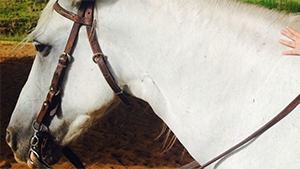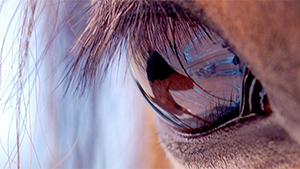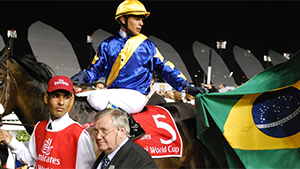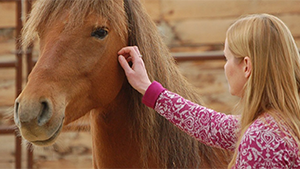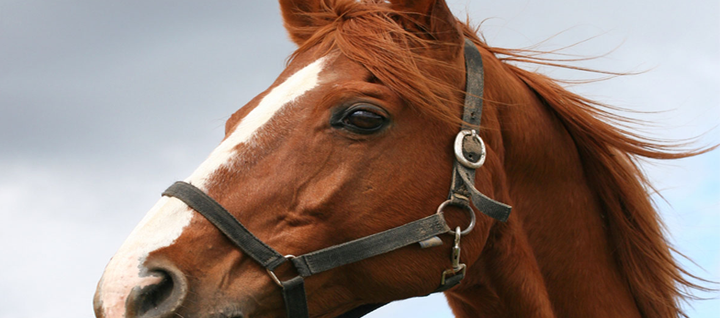
The vision of the horse is more complex than that of humans. Horses have a wider visual field but less depth perception, due to the lateral placement of their eyes. This allows them to see approximately 355 degrees, compared to about 210 degrees for humans.
Their lateral eye placement gives them monocular vision (one eye at a time, with about 145 degrees per eye). This means that the horse sees two different images simultaneously—one in each eye—with independent focus and separate movements. In other words, one eye may be watching the pasture while the other watches for predators. To better focus on objects around them, horses must raise and lower their heads, changing the angle of light rays on the lens and adjusting the focus. Such lateralized vision is typical of prey animals, while central vision is characteristic of predators such as humans, pumas, and lions.
Horses also have a binocular vision field (both eyes seeing the same area) to the front. However, they cannot see short distances directly in front of them—about two strides before an obstacle or fence. This creates a “blind spot,” requiring them to move their heads at the last moment before jumping or crossing an obstacle. Their eye size—4.5 x 6.5 cm—is among the largest of all mammals. There are differences between breeds: Thoroughbreds (PSI) have a smaller visual field, while Arabians have a broader one.
The blind spots in a horse’s vision are:
a) The muzzle area (front of the face), between the eyes and below the nostrils. Because of this, horses have poor short-distance vision. To correct focus on the retina, they raise and lower their heads to find a clear image. Horses are not very accurate at judging distances, both when free and when ridden. In these situations, the rider helps through rein control, with soft hands that keep the horse aligned.
b) Behind the hindquarters, which explains why many horses kick. Their instinctive reasoning is: “The predator (human) is trying to grab my legs.” For the horse, this is alarming, as it needs its legs to escape. Since flight is the horse’s primary defense mechanism, it tends to perceive anything approaching from behind as a threat. Therefore, it is advisable to speak to the horse and place a hand on its body when approaching from the rear. This prevents surprise and reduces the risk of kicks.
Article written by Deolir Dall’Onder for Revista Acontece Sul, Year XII, Issue No. 142.

